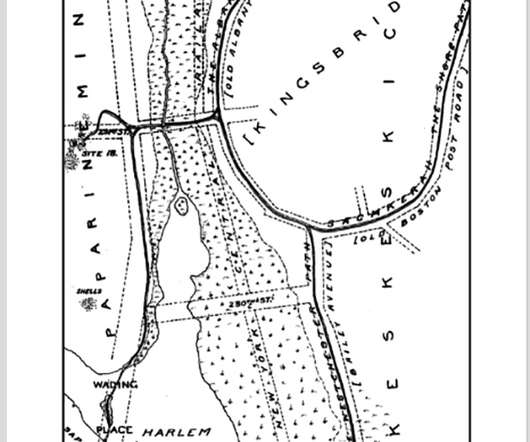Tadoba Andhari Tiger Reserve: the Tiger Afternoon
10,000 Birds
JANUARY 22, 2015
But, in the next year, 2009, only one human was killed by a tiger, leading to a conclusion that all the tigers in the conflict area (practically, the wider reserve buffer zone) have been wiped out. By the year 2000, the number of tigers in the wild went down to 8,500 and by 2012, it plummeted to a mere 3,200 individuals.










Let's personalize your content